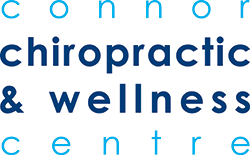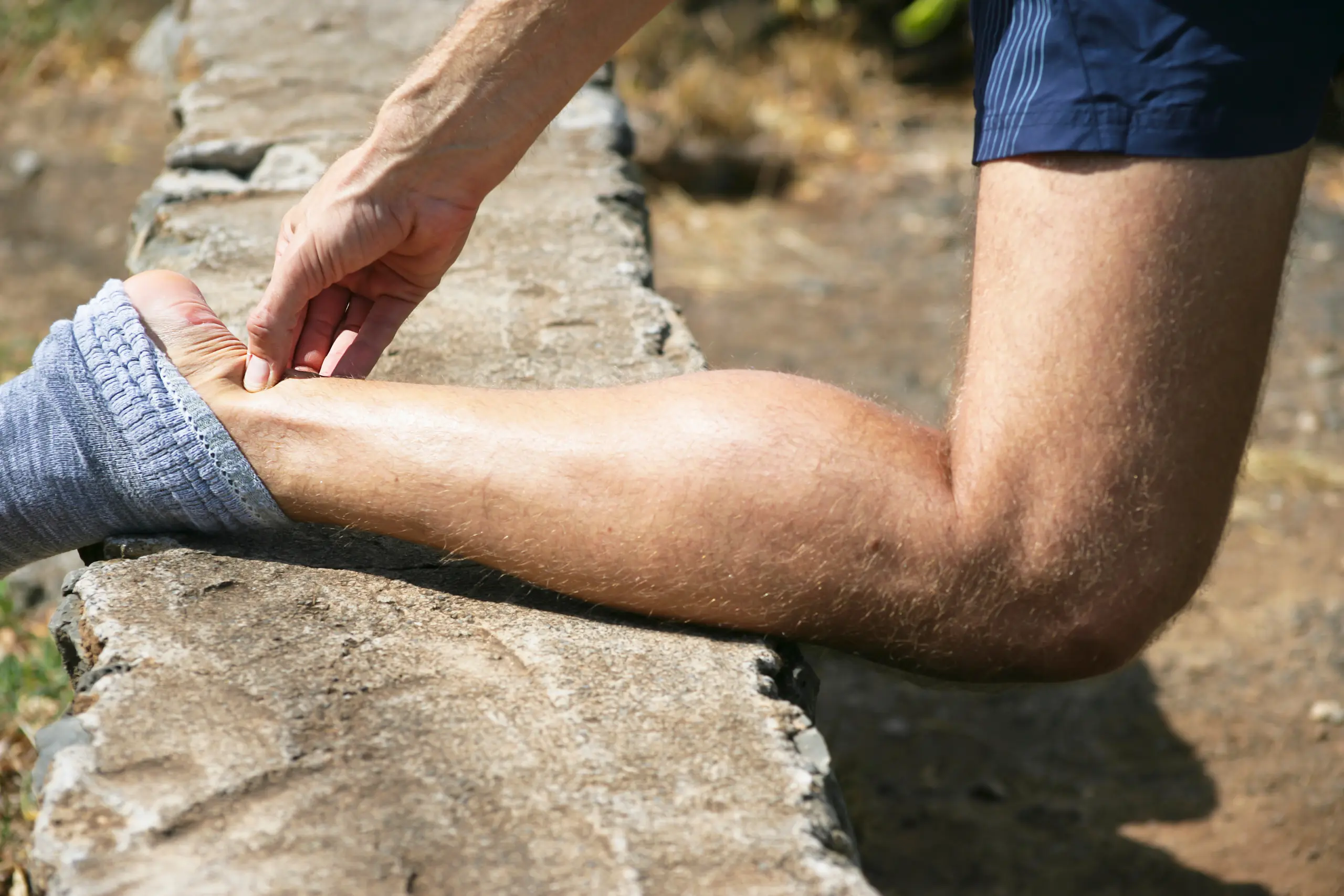Tendon Injuries: What you need to know
Tendon Injuries are a common complaint among recreational and pro athletes alike. Tendons are the junction that connect your muscles to the bone. Unlike muscle tissue, tendons aren’t contractile, which means they don’t contract to shorten, or relax to lengthen like a muscle does. Tendons are fibrous and act as the tissue that allows muscles to pull bones into different positions. Because of the design of tendons they are actually one of the strongest soft tissues in the body.
The design of the tendon is to absorb forces and help protect the muscle belly. Because of its role as a force absorber, most tendon injuries are the result of an overuse. Overuse injuries are an accumulation of micro-trauma’s over time. The initial stage of a tendon injury is typically Tendonitis – the term ‘itis’ implies the presence of inflammation. After this initial stages it progresses to tendinosis – ‘osis’ implies that there are micro-tears and injury but without any inflammation.
Tendon injuries typically cause:
- Pain that gets worse the more you use the tendon, pain that may build through the duration of an activity
- Stiffness after prolonged periods of rest (i.e. after sleeping)
- Tenderness over the joint and/or at the tendon-muscle junction
Treatment for tendon injuries is based on the duration and location of the injury as well as the severity. Typically icing is suggested in the initial stages of the injury and can provide some temporary relief. After that initial inflammation stage, switching to heat may provide similar relief. In addition to Heat and Ice, soft tissue therapy, stretching of the muscle that applies pressure to the involved tendon can help decrease the forces on the tendon. Many tendons also respond well to foam rolling, which can help relieve some tension and improve perceived pain levels of a tendon injury.
Lastly manual treatment and eccentric exercise, focused directly towards the tendon, have been shown to help the tissue heal. While the goal is always to keep patients doing what they love, some activity modification is typically required with tendon injuries. Because they typically happen with micro-trauma and overuse, determining the causative factor and addressing it can be extremely beneficial to recovery.
Tendon injuries from overuse are typically the result of the tendon not being strong enough to meet the demand of the activity. Effective treatment should take into account that the tissue tolerance wasn’t strong enough for the demand. This is the main reason that conservative treatment of tendon injuries should include some sort of rehab protocol to help prevent injuries from occurring again in the future.
Think you may have a tendon injury? Reach out and book an appointment with one of our Chiropractors today! Let us help you keep doing the things you love.
*As an Amazon Associate I earn from qualifying purchases.


